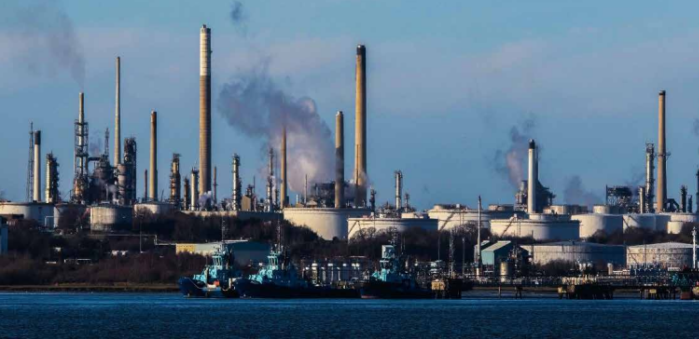The UK Environment Secretary Michael Gove published a Clean Air Strategy, aiming to reduce air pollution, backed up through a new legislation. It is estimated that the action set out will reduce the costs of air pollution to society by an estimated £1 billion every year by 2020.
These proposals are additional to the UK government’s £3.5 billion plan to reduce air pollution from road transport and diesel vehicles, set out in July 2017.
[smlsubform prepend=”GET THE SAFETY4SEA IN YOUR INBOX!” showname=false emailtxt=”” emailholder=”Enter your email address” showsubmit=true submittxt=”Submit” jsthanks=false thankyou=”Thank you for subscribing to our mailing list”]
The new strategy is a key part of UK’s 25 Year Plan to improve its environmental footprint and sets out the following:
- A goal that by 2025, UK will reduce to half the number of people living in locations where concentrations of particulate matter are above the WHO guideline limit of 10 ug/m3.
- New primary legislation, which will give local government new powers to improve air quality.
- Legislations to ensure only the cleanest domestic fuels will be available for sale, preventing 8,000 tonnes of harmful particulate matter from entering the atmosphere each year.
- The government will take action to tackle ammonia from farming – which is responsible for 88% of ammonia emissions – by requiring farmers to invest in the infrastructure and equipment that will reduce emissions.
- Work with international partners to research and develop new standards for tyres and brakes to address toxic non-exhaust emissions of micro plastics from vehicles.
- Air quality messaging system to inform the public, particularly those who are vulnerable to air pollution, about the air quality forecast, providing clearer information on air pollution episodes and accessible health advice.
- New investment into scientific research and innovation strengthening the UK’s position in clean technology and secure further emissions reductions.
The strategy also sets out ways to improve public access to the air quality forecast and help people and organisations reduce their contribution to air pollution.
The report also showed a lack of awareness of the sources of air pollution with most saying that transport is the main cause. However, transport emissions are only one part of the problem.
See the full Clean Air Strategy in the PDF herebelow































































